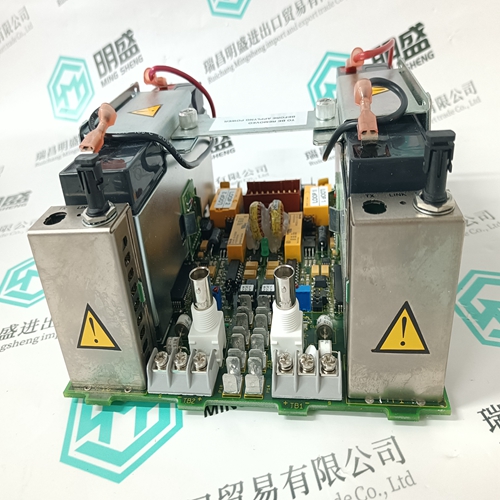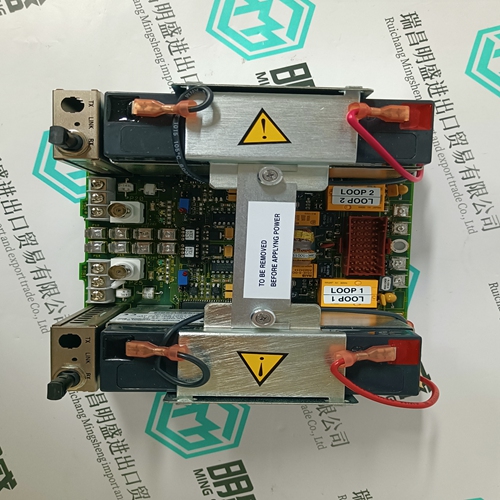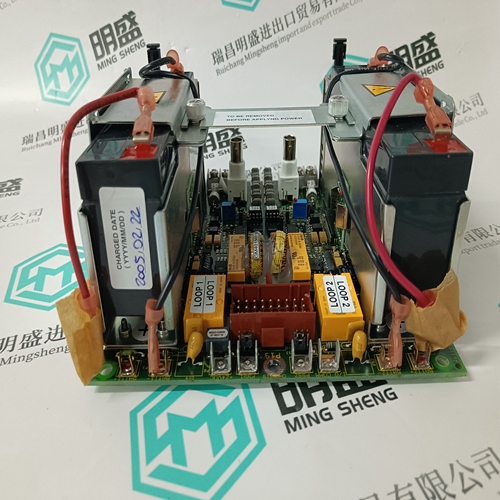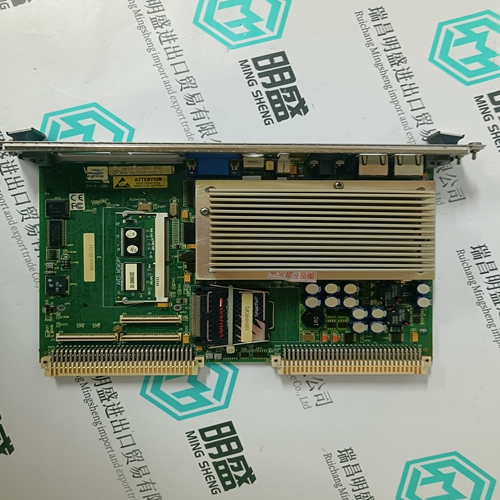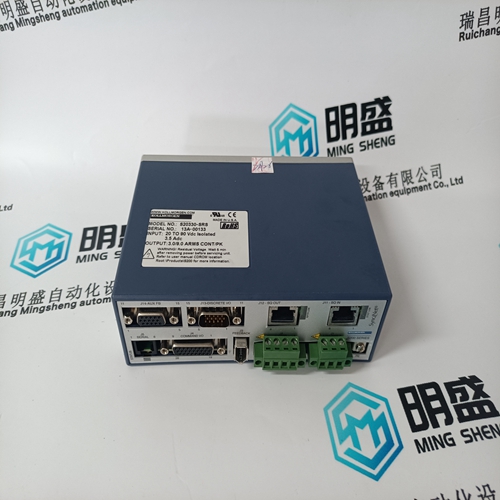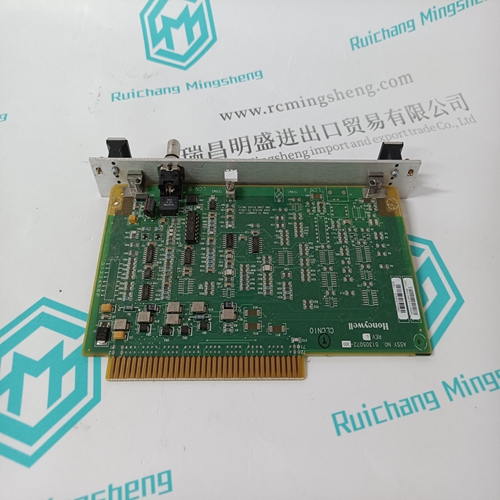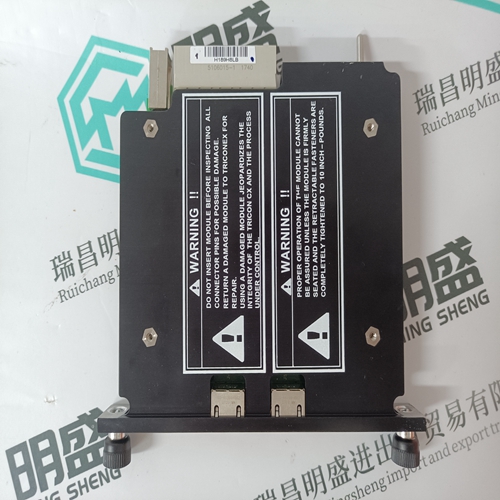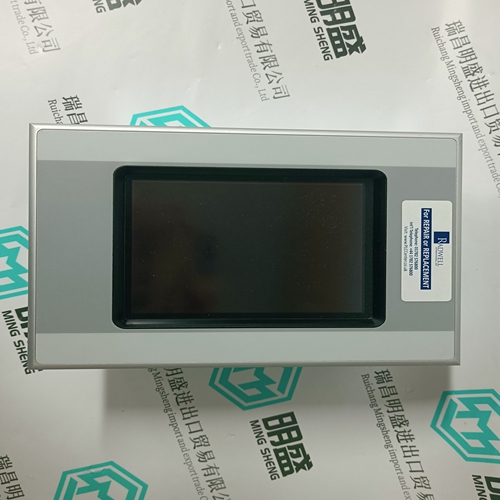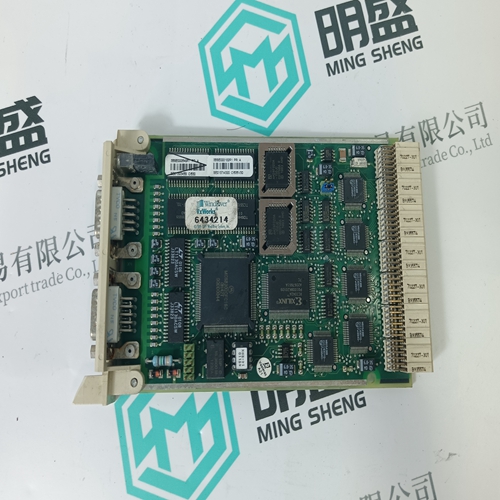Home > Product > DCS control system > NTCF22 Voltage monitoring module
NTCF22 Voltage monitoring module
- Product ID: NTCF22
- Brand: ABB
- Place of origin: The Swiss
- Goods status: new/used
- Delivery date: stock
- The quality assurance period: 365 days
- Phone/WhatsApp/WeChat:+86 15270269218
- Email:stodcdcs@gmail.com
- Tags:NTCF22Voltage monitoring module
- Get the latest price:Click to consult
The main products
Spare parts spare parts, the DCS control system of PLC system and the robot system spare parts,
Brand advantage: Allen Bradley, BentlyNevada, ABB, Emerson Ovation, Honeywell DCS, Rockwell ICS Triplex, FOXBORO, Schneider PLC, GE Fanuc, Motorola, HIMA, TRICONEX, Prosoft etc. Various kinds of imported industrial parts
NTCF22 Voltage monitoring module
VOLTAGE UNBALANCE LEVEL: When the voltage unbalance equals or exceeds this level, a voltage unbalance condition occurs. See 6.2.2 Voltage Metering for details on the method of calculation. • VOLTAGE UNBALANCE DELAY: If the voltage unbalance equals or exceeds the VOLTAGE UNBALANCE LEVEL setpoint value and remains this way for the time delay programmed in this setpoint, a voltage unbalance condition will occur. • VOLTAGE PHASE REVERSAL: Under normal operating conditions, the PQMII expects to see the voltages connected with a 1-2-3 or A-B-C sequence. If the voltages are connected with the wrong sequence (e.g. 2-1-3 or B-A-C), a voltage phase reversal condition will occur. A minimum of 20 V must be applied to the PQMII on all voltage inputs before the phase reversal feature will operate. A phase reversal condition is determined by looking at the phase angle at the occurrence of the peak sample of phase B voltage and subtracting it from the phase angle at the peak sample of phase A voltage (phase A angle – phase B angle). This angle is averaged over several cycles before deciding on the condition to avoid any false triggering of the feature. Only two phases are required to detect phase reversal because all phase reversal conditions can be covered without the use of the third phase. The angle to detect phase reversal will vary depending on the connection being used as described below. For “4-Wire Wye / 3 VTs”, “4 Wire Wye / 2 VTs”, “4 Wire Direct”, and “3 Wire Direct” connections, the phase reversal function operates when the angle between phase A and B becomes ≤ –150° or ≥ –90° as shown below.
AVERAGE CURRENT THD RELAY
Excessive phase current THD detection can either be disabled, used as an alarm, or as a process control. Set this setpoint to “Off” if the feature is not required. Selecting “Alarm” activates the alarm relay and displays an alarm message whenever an excessive average current THD condition exists. Selecting an auxiliary relay activates the auxiliary relay, but no message will be displayed. This is intended for process control. • AVERAGE CURRENT THD LEVEL: When the measured average current THD exceeds this setpoint value, an average current THD condition occurs. • AVERAGE CURRENT THD DELAY: If the average current THD exceeds the AVERAGE CURRENT THD LEVEL for the time delay programmed in this setpoint, an average current THD condition occurs. • AVERAGE VOLTAGE THD RELAY: Average voltage THD detection can either be disabled, used as an alarm or as a process control. Set this setpoint to off if the feature is not required. Selecting alarm relay will cause the alarm relay to activate and display an alarm message whenever an average voltage THD condition exists. Selecting auxiliary relay will cause the auxiliary relay to activate, but no message will be displayed. This is intended for process control. • AVERAGE VOLTAGE THD LEVEL: When the measured average voltage THD equals or exceeds this setpoint value, an Average Voltage THD condition occurs. • AVERAGE VOLTAGE THD DELAY: If the average voltage THD equals or exceeds the AVERAGE VOLTAGE THD LEVEL value and remains this way for the time delay programmed in this setpoint, an Average Voltage THD condition will occur.
